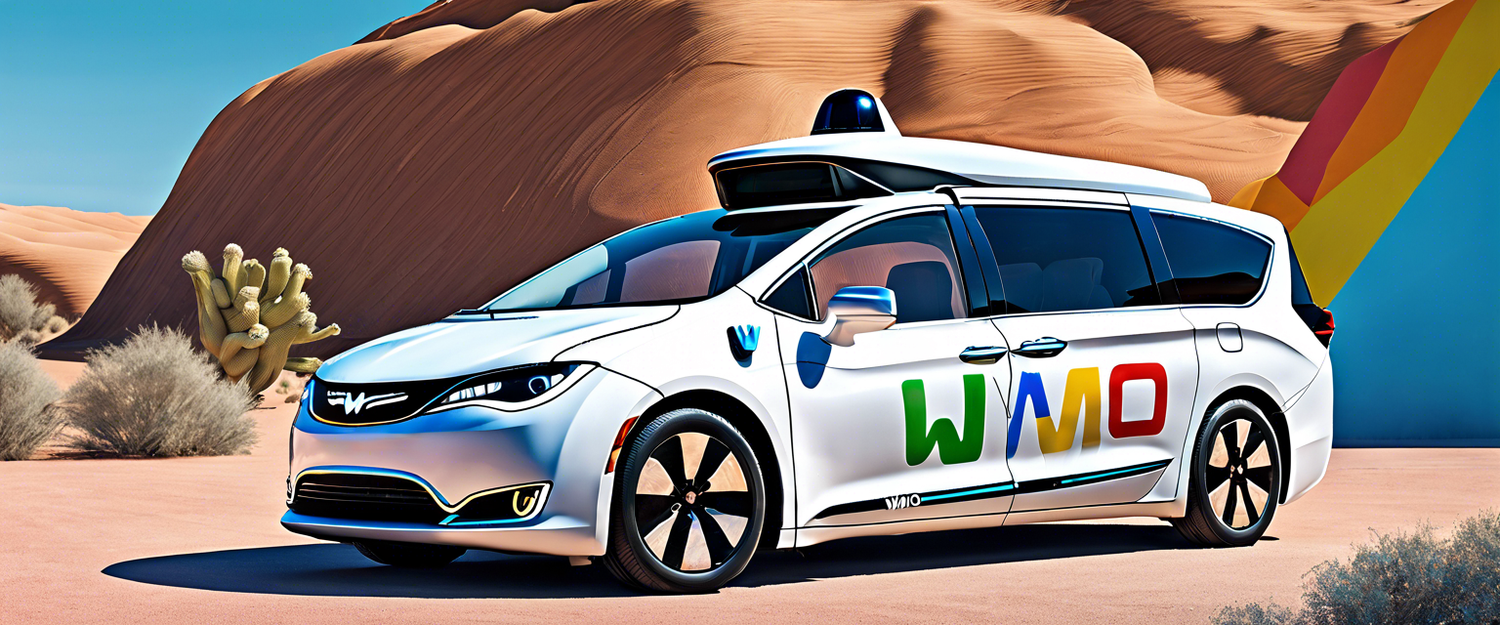Waymo's Strategic Move in Autonomous Driving with EMMA
Waymo has long touted its ties to Google’s DeepMind and its decades of AI research as a strategic advantage over competitors in the autonomous driving sector. In a significant development for the industry, the Alphabet-owned company recently unveiled a new training model for its robotaxis, utilizing Google’s multimodal large language model (MLLM) named Gemini.
Introduction of EMMA: The End-to-End Multimodal Model
On [insert date], Waymo released a comprehensive research paper that introduces its innovative training model called “End-to-End Multimodal Model for Autonomous Driving” (EMMA). This model leverages sensor data to predict future trajectories for autonomous vehicles, enabling Waymo’s driverless cars to make informed decisions on navigation and obstacle avoidance.
More importantly, this development represents a pioneering shift in the use of MLLMs beyond traditional applications, such as chatbots or image generation, signaling a transformative potential for their integration into vehicular technology. According to the research paper, Waymo’s proposal aims to establish an autonomous driving system where MLLM serves as a fundamental component.
Transition from Modules to Multimodal Learning
Historically, autonomous driving systems have relied on discrete modules catering to various functionalities: perception, mapping, prediction, and planning. However, this approach faced challenges scaling due to inter-module communication issues and the compounded errors that could arise among modules.
Waymo asserts that MLLMs like Gemini provide a prospective solution to these obstacles by acting as a versatile generalist. Trained on extensive data scraped from the internet, these models develop a rich reservoir of 'world knowledge' that surpasses the limitations found in conventional driving logs. Furthermore, their reasoning capabilities are enhanced through methodologies such as 'chain-of-thought reasoning,' which simulates human-like problem-solving by systematically decomposing complex tasks.
Real-World Applications of EMMA
Waymo created EMMA to facilitate the navigation of its robotaxis in intricate environments. Several scenarios highlighted the model's efficacy, including vehicle encounters with animals and navigating construction sites.
While companies like Tesla have also expressed intentions of adopting end-to-end models for autonomous driving, Waymo’s advancements indicate a strong positioning within the industry. With demonstrated strengths in trajectory prediction, object detection, and road graph comprehension, EMMA shows potential for combining crucial autonomous driving tasks within a unified architecture.
Challenges and Future Research Directions
Despite its innovations, EMMA's introduction is not without limitations. Waymo acknowledges the necessity for further research before implementation. The model currently cannot incorporate 3D sensor inputs from systems such as lidar and radar due to computational constraints, limiting its real-time processing capabilities to a smaller range of image frames.
Additionally, inherent risks associated with employing MLLMs, such as hallucinations or inaccuracies in simple tasks, pose significant safety concerns when paired with high-speed autonomous vehicles traveling through busy environments. The company recognizes that extensive research into mitigating these risks is imperative to ensure operational safety.
Conclusion: The Future of Autonomous Driving
Waymo’s research team hopes that their findings will inspire continued research efforts aimed at overcoming the current challenges while advancing the landscape of autonomous driving model architectures. As the industry stands on the cusp of transformation, innovations such as EMMA represent a promising direction for the future of autonomous vehicles.
For more insights on autonomous driving and AI advancements, visit [Insert Internal Link Here]. For further reading on the impact of MLLMs in technology, check resources from [Insert External Source Here].



Laat een reactie achter
Alle reacties worden gemodereerd voordat ze worden gepubliceerd.
Deze site wordt beschermd door hCaptcha en het privacybeleid en de servicevoorwaarden van hCaptcha zijn van toepassing.